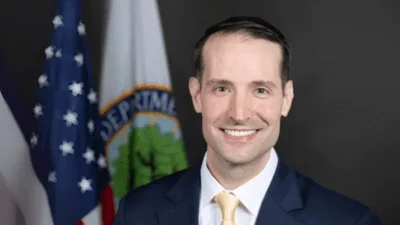The American Medical Association (AMA) has adopted new policies aimed at addressing the health challenges faced by Native American communities. Ilse R. Levin, D.O., MPH & TM, a member of the AMA Board of Trustees, emphasized the importance of these initiatives, stating: “These policies emphasize the unique health challenges facing Native Tribes and how the government can respond. The AMA has long supported efforts to bring American Indian and Alaska Native health up to the general population level. To reach that goal, tribes must have access to nutrition programs, treatment centers, and graduate medical programs. All of them can play a part in moving toward improved health and equity.”
One major focus is on expanding education opportunities within Indian Health Service (IHS), tribal-administered, and urban Indian health organizations by forming partnerships with accredited medical schools and teaching hospitals. The AMA aims to establish dedicated graduate medical education funding for Tribal communities to increase physician training sites and reduce physician shortages.
The AMA also supports expanding IHS Youth Regional Treatment Centers as culturally rooted, evidence-based behavioral health facilities. Currently, IHS funds 12 such centers that address substance abuse and co-occurring disorders among Native youth. These centers provide holistic care integrating traditional healing practices but meet only an estimated 4 percent of the need.
In response to food insecurity issues among Native populations, the AMA advocates for extending eligibility for Agriculture Department nutrition programs to members of federally recognized American Indian and Alaska Native Tribes.
Addressing elder health disparities is another priority; American Indians and Alaska Natives have the lowest life expectancy among racial/ethnic groups in the U.S. To mitigate this issue, the AMA supports providing health information in indigenous languages.
The AMA further calls for continued federal support to enhance alternative pathways for Native patients accessing comprehensive healthcare services outside IHS facilities.
Finally, collaborative research between IHS and agencies like CDC is encouraged by the AMA to better understand healthcare limitations within IHS systems, identify barriers to access, treatment disparities, and areas needing improvement.





